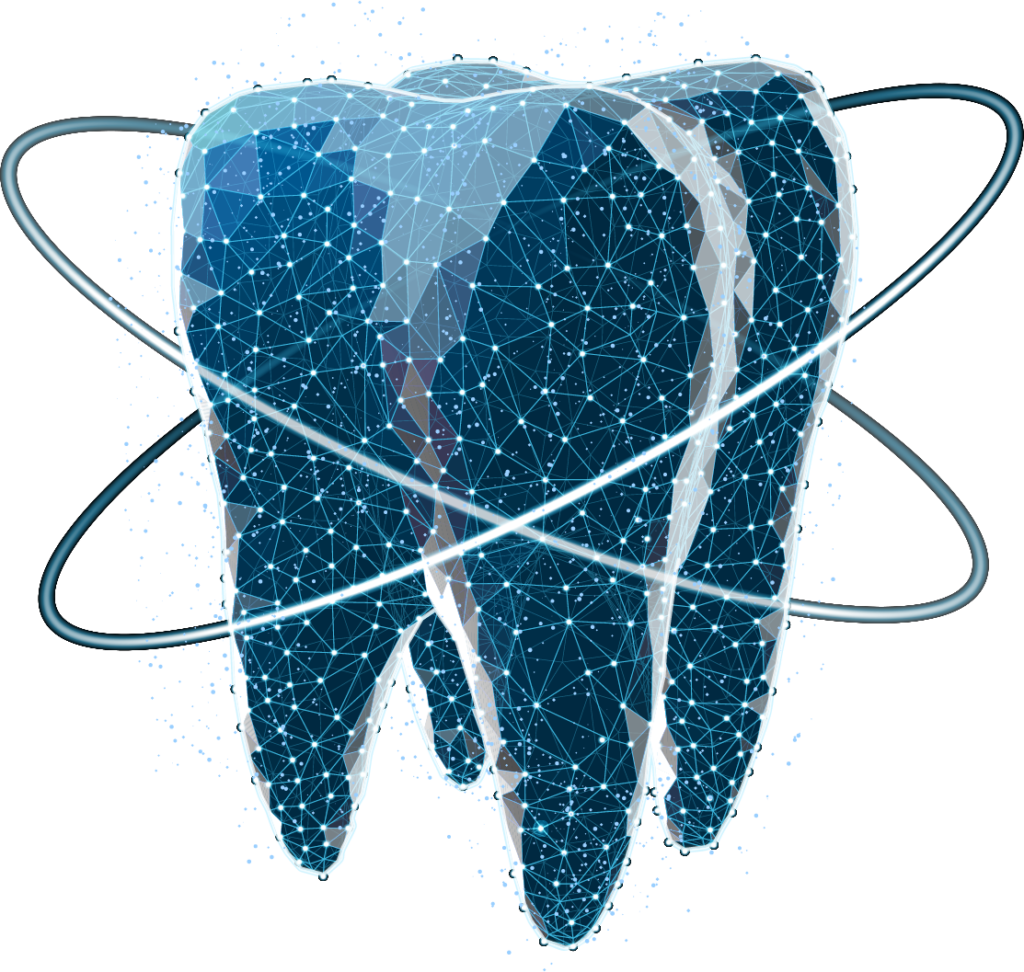

Call (317) 587-0100 to schedule an appointment.

Dental researchers have made significant strides in understanding and preventing tooth decay over the past few decades. Through a three-pronged approach of discovery, innovation, and prevention, they have achieved remarkable success in this area. In fact, this work is widely regarded as one of the most significant public health achievements of the 20th century.


Scheduling Hours
Tuesday 8am – 5pm
Thursday 8am – 5pm
Copyright © 2021 Smile Generators P.C. - All Rights Reserved